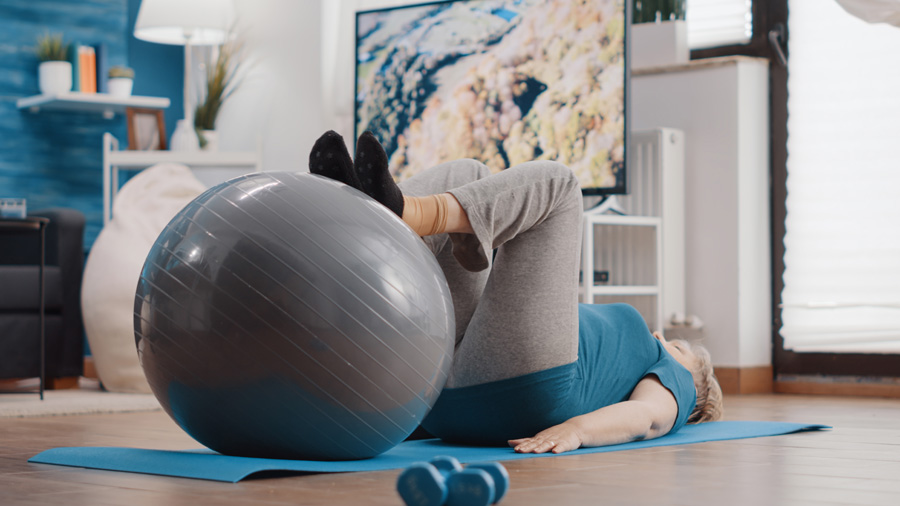VR technology is currently used in physical therapy to help patients with pain management, rehabilitation, and motor skill training. For example, VR can be used to simulate exercises and movements that are difficult or painful to perform in real life, allowing patients to safely and comfortably perform therapy at home. In the future, it is predicted that VR will continue to be used in physical therapy and will become even more widely adopted as technology improves and costs decrease. Additionally, it is also expected that VR will be used in combination with other technologies, such as haptic feedback and biofeedback, to enhance the effectiveness of physical therapy.
Virtual Reality (VR) has become an increasingly effective tool for physical therapy for several reasons:
- 1:1 Scale VR Character Mimicking: In VR physical therapy, patients can view a VR character that is on a 1:1 scale to themselves, performing the exercises. This feature is crucial as it allows patients to see exactly how the exercises are performed, mirroring the way a physical therapist would demonstrate them in real life. This clear, direct visualisation reduces confusion and helps in ensuring that the exercises are performed correctly.
- Immersive Environment: VR creates a fully immersive environment that can distract patients from pain and discomfort. This helps in making therapy sessions more tolerable and engaging, especially for those undergoing painful or strenuous exercises.
- Customizable Exercises: VR allows for the customization of exercises according to the specific needs and limitations of each patient. Therapists can easily adjust the intensity, range of motion, and type of exercise to match the patient's progress and capabilities.
- Motivation Through Gamification: Many VR therapy programs incorporate elements of gamification, which can significantly increase patient motivation. By turning exercises into games or challenges, patients are more likely to stay engaged and consistent with their therapy.
- Real-time Feedback: VR systems often provide real-time feedback on performance, allowing both patients and therapists to track progress. This feedback can be crucial in making adjustments to the therapy plan and ensuring that the exercises are being performed correctly.
- Improved Accessibility: For some patients, travelling to a physical therapy clinic can be difficult. VR can offer remote rehabilitation options, making therapy more accessible for those with mobility issues or those living in remote areas.
- Enhanced Safety: VR can simulate various physical activities and environments in a controlled and safe manner. This is particularly beneficial for balance training and fall prevention exercises, where the risk of injury in a real-world setting is higher.
- Cognitive Engagement: Apart from physical rehabilitation, VR can also aid in cognitive and sensory stimulation. This is particularly useful in therapy for patients with neurological conditions, where cognitive engagement is as important as physical exercise.
- Data Collection and Analysis: VR technology can collect detailed data on the patient's movements and progress. This data is valuable for therapists to analyse and tailor the therapy more effectively.
- Reduced Healthcare Costs: By potentially reducing the need for in-person therapy sessions and enabling remote monitoring, VR can lower healthcare costs associated with physical rehabilitation.
- Adaptability to Various Conditions: VR therapy can be adapted to a wide range of physical conditions, from post-surgical rehabilitation to chronic pain management, making it a versatile tool in the field of physical therapy.
Overall, VR technology in physical therapy offers a unique combination of safety, engagement, customization, and effectiveness, making it a valuable addition to traditional rehabilitation methods.




